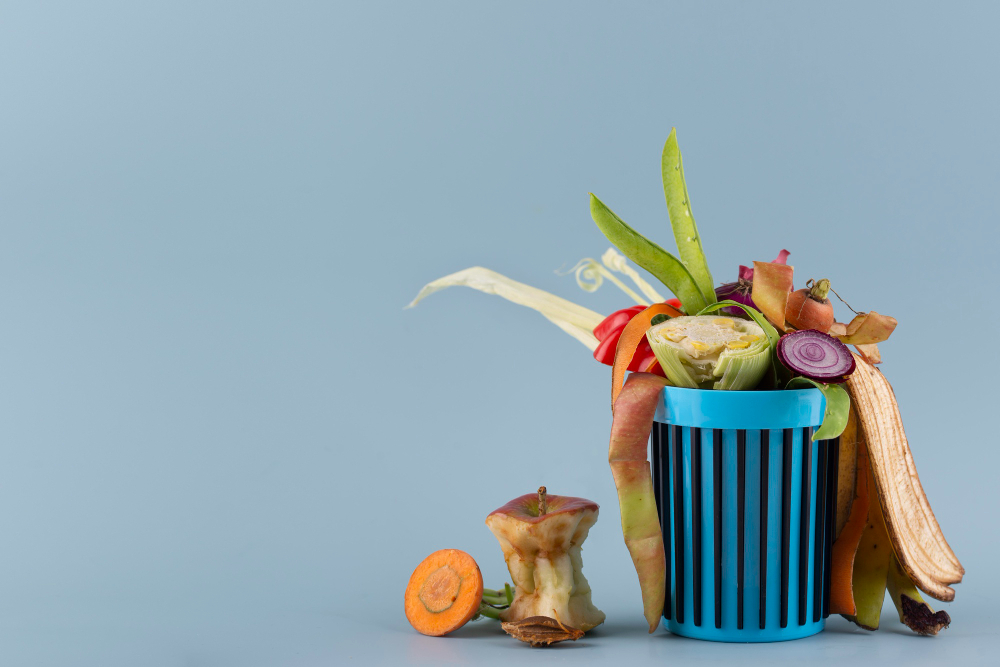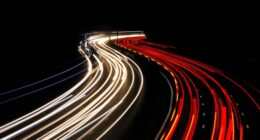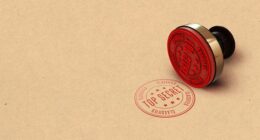Trash refers to any unwanted or discarded items that are no longer needed, such as old toys, papers, or broken household goods. Garbage specifically refers to organic waste that is typically generated from food scraps and leftovers.
What is trash?

Trash refers to any solid waste material that is no longer useful or has been discarded. It encompasses a wide range of items such as packaging materials, old clothes, broken toys, and other objects we commonly dispose of.
Trash can come in various forms – it could be dry waste like paper and cardboard or wet waste like food scraps. The key characteristic here is that trash generally consists of items that cannot be recycled or reused easily.
What is garbage?

Garbage commonly refers to waste materials that are biodegradable or primarily composed of organic matter. This includes food waste, kitchen scraps, yard waste, and other biodegradable materials. Garbage has the potential to decompose naturally over time through biological processes. Proper disposal of garbage often involves composting or other methods that facilitate organic breakdown.
Trash Vs. Garbage – Key differences
Trash:
- Definition: Trash refers to solid waste materials that are considered worthless, discarded, or no longer needed.
- Composition: Trash primarily consists of non-biodegradable or durable materials, such as plastics, metals, glass, paper, and other synthetic or manufactured items.
- Disposal: Trash is typically managed through various waste management practices, including recycling, incineration, landfilling, or other methods that focus on reducing environmental impact.
- Examples: Examples of trash include plastic bottles, aluminum cans, Styrofoam packaging, disposable diapers, or non-recyclable paper products.
Garbage:
- Definition: Garbage refers to waste materials, including organic matter or biodegradable substances, that are discarded or no longer of use.
- Composition: Garbage mainly comprises biodegradable materials, such as food waste, kitchen scraps, yard trimmings, or other organic substances.
- Disposal: Garbage often undergoes composting, anaerobic digestion, or other methods that facilitate natural decomposition and can be utilized for compost production or biogas generation.
- Examples: Examples of garbage include vegetable peels, leftover food, fruit scraps, coffee grounds, or other organic waste materials.
How to dispose of trash properly?
When it comes to disposing of trash properly, there are a few key steps that you can follow to ensure that you’re doing your part in keeping the environment clean. First and foremost, it’s important to separate your trash into different categories such as recyclables, organic waste, and general waste.
| Proper Disposal of Trash | |
|---|---|
| Recycling | Separate recyclable items |
| Incineration | Some types of trash may be suitable for incineration in waste-to-energy facilities. |
| Landfilling | Non-recyclable trash should be placed in designated trash bins or containers. |
| Hazardous Waste | Handle hazardous waste (e.g., batteries, chemicals, electronics) separately. |
| Special Collection | Participate in special collection events organized for specific types of trash, such as electronic waste. |
How to dispose of garbage properly?
| Proper Disposal of Garbage | |
|---|---|
| Recycling | Separate recyclable items, if applicable, from garbage. |
| Composting | Dispose of organic waste, such as food scraps or yard trimmings, in compost bins or composting facilities. |
| Biogas Production | Some types of garbage can be used for biogas production through anaerobic digestion. |
| Hazardous Waste | Handle and dispose of hazardous materials separately. |
| Special Collection | Participate in special collection events organized for specific types of garbage. |
Remember, proper disposal of garbage not only keeps our surroundings clean but also contributes towards a healthier environment for all living beings!
Image Credits
Featured Image By – -Rita-👩🍳 und 📷 mit ❤ from Pixabay
Image 1 By – Evan Demicoli on Unsplash
Image 2 By – Freepik








